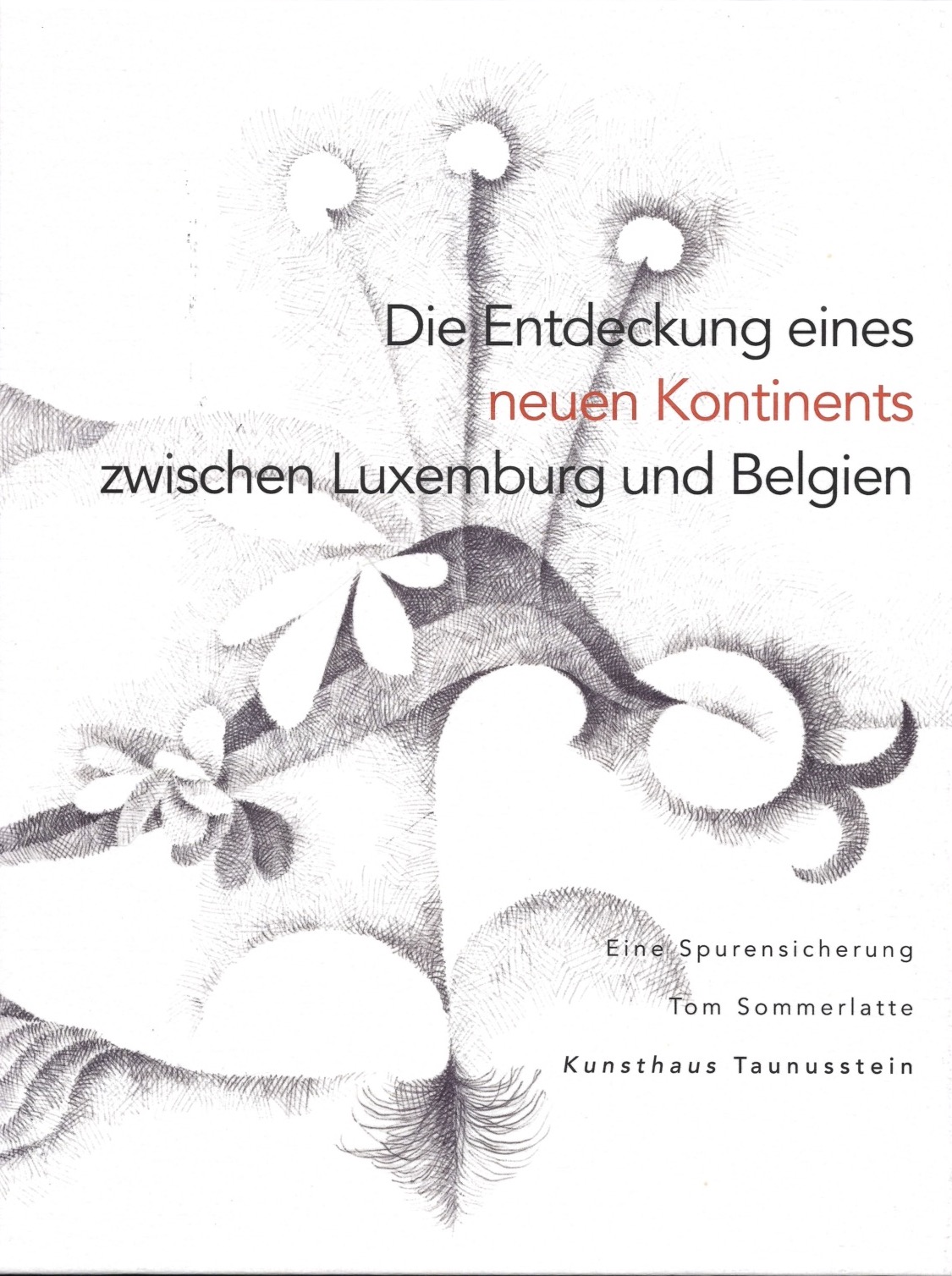Discovery of a new continent between Luxemburg and Belgium
Most of the oil paintings, works on paper and reliefs illustrated in this publication were shown in an exhibition at the Kunsthaus Taunusstein in 2018. The exhibition – titled Spurensicherung – Retrospektive von Erlebtem, Empfundenem und Erdachtem – was mounted because many of my friends and acquaintances had no or only the vaguest idea of my work as an artist and encouraged me to take the plunge and put together a comprehensive survey exhibition.
Mounting a retrospective covering a period of some sixty years set in motion a process of becoming more aware of the traces I have left in the form of my many drawings, my paintings and my artistic experiments over the course of that period. To see and recognize my work as markers of my life’s history really does turn the retrospective into an exercise of recovering and securing evidence that testifies to my development, much of which I had not been aware of at the time, but which, with the benefit of hindsight, I do now recognize as intermittent progress.
Dr. Peter Foster, Curator of the Wiesbaden Museum:
Visual art has been a constant in Tom Sommerlatte’s life. In the 1960s, studying natural sciences in Berlin, New York and Paris, he also attended classes at the local academies of fine art. Not content with academia alone, he always sought out the company of practicing artists as well. His close contacts with painters and his numerous trips through half of Europe helped shape the style of his paintings and drawings, which we see here today.
The two dominant traits of Sommerlatte’s character appear to be openness and dedication. Openness towards artistic trends, in order to attain, through painting, the “freedom” of colour and form. Freedom also in terms of being able to develop a world of ideas – independent of de facto conditions – and to bring these ideas to bear in life. In the first instance, for Sommerlatte, this freedom is evidently of an inward, intellectual nature. From there, he seeks to take it outward into the material realm – concrete and idealized in equal measure. When I first looked at Sommerlatte’s works, I was moved to think how art has always and in various ways given expression to the dream of a human world. That this dream could never come true did not bother the artists; on the contrary, it motivated them to keep trying, to disregard a history riddled with catastrophic crash landings.

